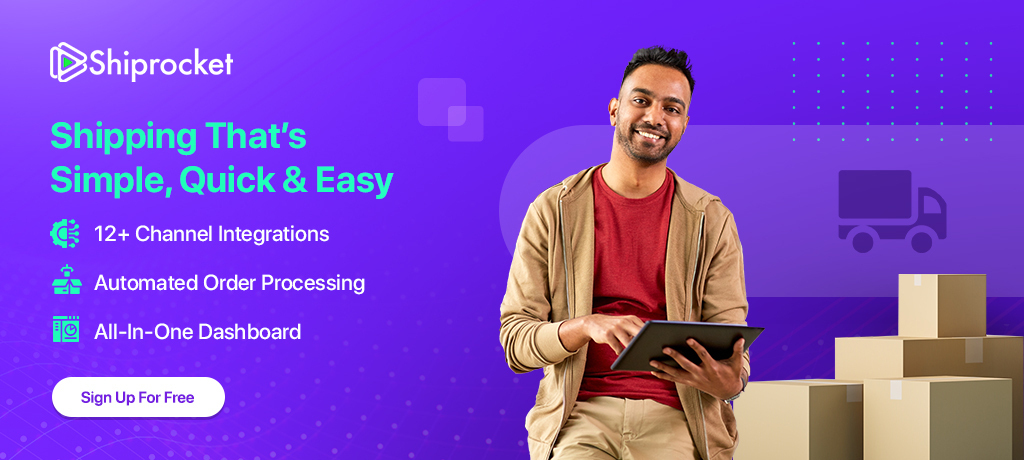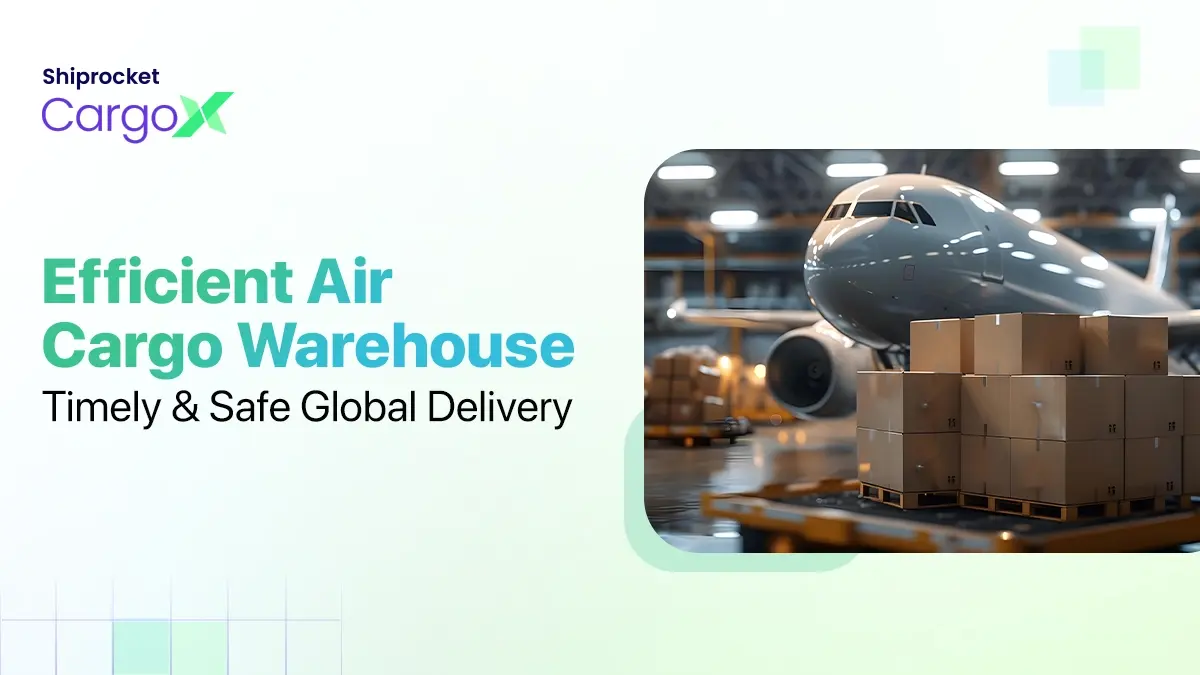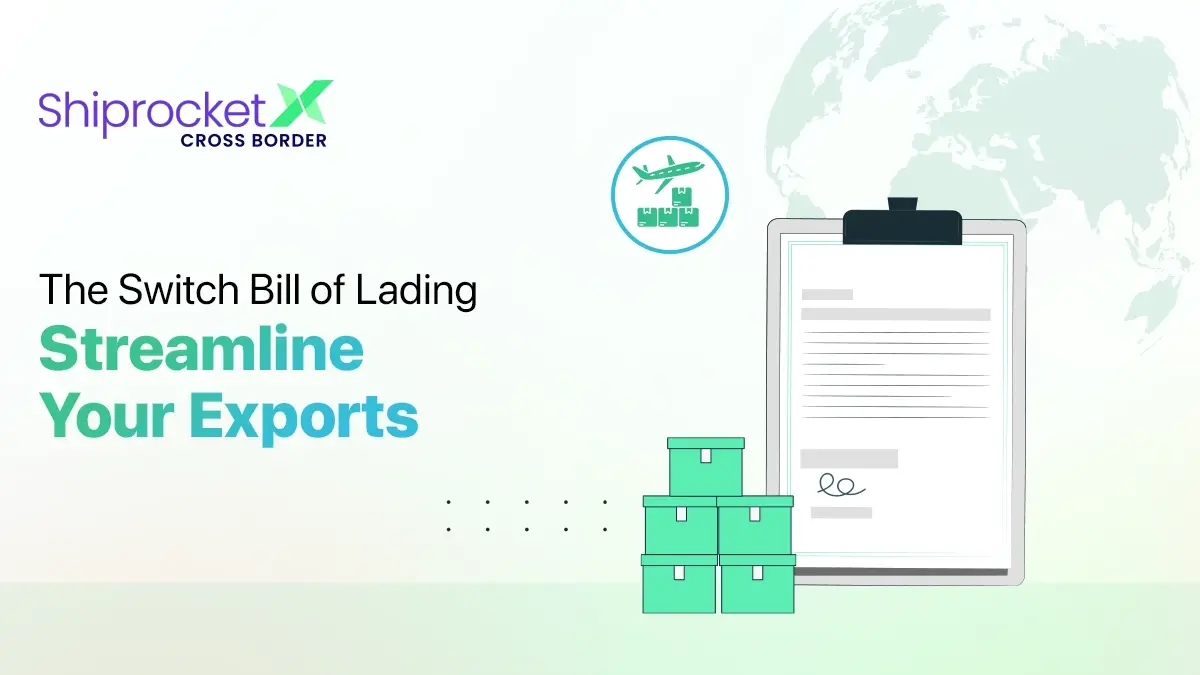A Guide to Delivery: Definition, Importance, Challenges & Future Trends
For an eCommerce business to be successful, its focus on ‘delivery’ becomes a critical factor. On-time delivery of goods and services helps in building customer satisfaction, creating customer loyalty, and repeat business. In this guide to delivery services – we will look at the definition, the importance, and the challenges along with future trends that drive innovative solutions.

Delivery- Definition and Types
The process of transporting goods or services from one location to another is called delivery. Some of the different types of delivery services are:
- Same-day delivery: This service guarantees shipment is delivered on the day of order.
- Next-day delivery: This service guarantees shipment is delivered the day after the order is placed.
- Scheduled delivery: This type of service is most suitable for businesses that offer regular delivery of goods or services.
- International delivery: International delivery services are suitable for businesses that ship goods or services across borders.
Importance of Delivery
Delivery services are critical for businesses for the following reasons:
- Customer satisfaction: Delivery services are an essential component of ensuring customer satisfaction. Customers expect their orders to arrive on time and in good condition. Businesses that provide reliable delivery services can build trust with their customers and create positive experiences that lead to repeat business and referrals.
- Competitive advantage: Delivery services can give businesses an edge over their competitors. Customers are more likely to choose a business that offers fast and dependable delivery options over one that doesn’t. By providing quality delivery services, businesses can stand out from the competition and win the trust and loyalty of their customers.
- Increased sales: Delivery services can increase sales by making it more convenient for customers to purchase goods or services. Customers are more likely to buy from businesses that offer delivery services, especially if they have busy schedules or limited mobility. By offering delivery services, businesses can expand their customer base and increase their revenue.
When businesses want to focus on the quality of their delivery services, it is important to find solutions that match their needs. At the same time, generating a superior experience for customers is also an important part of the process. You can improve customer engagement with automated shipment tracking along with white-labeled tracking pages and facilitating return order requests.
The hallmark of your business will be in delivering end-to-end services, the primary factor being on-time shipping and logistics fulfillment. As the shipping industry evolves, find appropriate solutions which are in tune with your customers’ needs.
Common Challenges Faced in Delivery
Delivery services face several challenges that can affect their efficiency and effectiveness.
Some of the common challenges include:
- Delivery delays: Delivery delays can be caused by a range of factors, such as traffic, adverse weather conditions, or unexpected events. Delayed deliveries can lead to customer dissatisfaction, negative reviews, and lost sales. Businesses that rely on delivery services need to have contingency plans in place to manage unexpected delays and keep customers informed about delivery times.
- Theft and damage: Goods in transit are vulnerable to theft and damage, which can result in significant financial losses for businesses. Theft can occur during transportation or at delivery locations, and it can be challenging to recover stolen goods or obtain compensation for losses. Damage can also occur during transportation or due to mishandling at delivery locations. To mitigate these risks, businesses can invest in security measures, such as tracking systems, security personnel, and insurance.
- Delivery to remote areas: Delivering to remote areas can be challenging due to poor infrastructure, difficult terrain, or long distances. Remote areas may have limited access to transportation networks, which can increase delivery times and costs. Businesses that want to deliver to remote areas need to consider the logistical challenges and plan accordingly. This may involve using alternative delivery methods like partnering with local transportation providers.
Emerging Trends and Innovations in Delivery
Delivery services are constantly evolving to meet the changing needs of businesses and consumers. Some of the emerging trends and innovations in delivery services include:
- Use of drones and autonomous vehicles: Drones and autonomous vehicles are being developed and tested to provide faster and more efficient delivery services.
- Contactless delivery: The COVID-19 pandemic has accelerated the adoption of contactless delivery services that minimise physical contact between customers and delivery personnel.
- Same-day delivery: Same-day delivery services are becoming more common, providing businesses with a competitive edge.
These trends in delivery of eCommerce goods will help in driving customer satisfaction and value to the business. One critical part of ensuring on-time delivery of goods and services is to choose the right partner for eCommerce businesses.
The demand for mobile-driven services has also become an important part of every business’s customer engagement strategy. Thus, your shipping partner should be a technology-supported platform for an integrated and seamless service. Besides, shipping partners who are invested in technology-based solutions ensure your primary purpose is satisfied – streamlined services and processes that minimise delays and focus on quality services while eliminating human-made errors in addresses or phone numbers of customers to manage last-mile deliveries.
Benefits of Using Shiprocket for Delivery
Shiprocket simplifies your logistics services and delivery. It offers an all-in-one logistics platform that provides a wide range of delivery services.
The 4-Step delivery process of Shiprocket:
- Select your shipment – Automated channel synchronisation allows businesses to select the shipment.
- Choose your courier partner – Depending on your needs, choose a partner to deliver your orders.
- Choosing packing and shipping – You can select to pack your orders, print labels, and schedule pick-up with executives.
- Track- Track the order and keep your customers informed via SMS and email notifications
Some of the benefits of using Shiprocket include:
- Multiple carrier options: Shiprocket offers multiple carrier options to businesses, allowing them to choose the carrier that best meets their needs.
- Advanced tracking: Shiprocket provides advanced tracking options, allowing businesses to track their shipments in real time.
- Cost-effective: Shiprocket’s delivery services are cost-effective, helping businesses to reduce their delivery costs.
Apart from these benefits, a number of value-added services that you can seek are –
- Carrier Integration – Online Express, Vulcan, Rapid Delivery, and many more
- Channel Integration – Opencart, UniCommerce, Prestashop, and many more
Products that Shiprocket offers – Fulfillment, Engage, Tracking, Packaging, Hyperlocal, Post Ship, and many more.
Conclusion
Delivery services are vital for businesses of all sizes, and they play a critical role in ensuring customer satisfaction and loyalty. Despite the challenges faced by delivery services, emerging trends and innovations are providing businesses with more efficient and reliable delivery options. Shiprocket is a reliable logistics platform that provides businesses with cost-effective delivery services and advanced tracking options.
Frequently Asked Questions(FAQs)
Same-day delivery guarantees that the shipment will be delivered on the same day it is ordered, while next-day delivery guarantees that the shipment will be delivered on the following day after
Generally, it takes around 2-5 business days for shipments within the same state and 5-7 business days for shipments to other states. However, this may vary depending on the location and the service provider.
The common delivery modes available for international shipments are air freight and sea freight. Air freight is the fastest mode of delivery, but it is also the most expensive. Sea freight is the most economical, but it is also the slowest mode of delivery.






